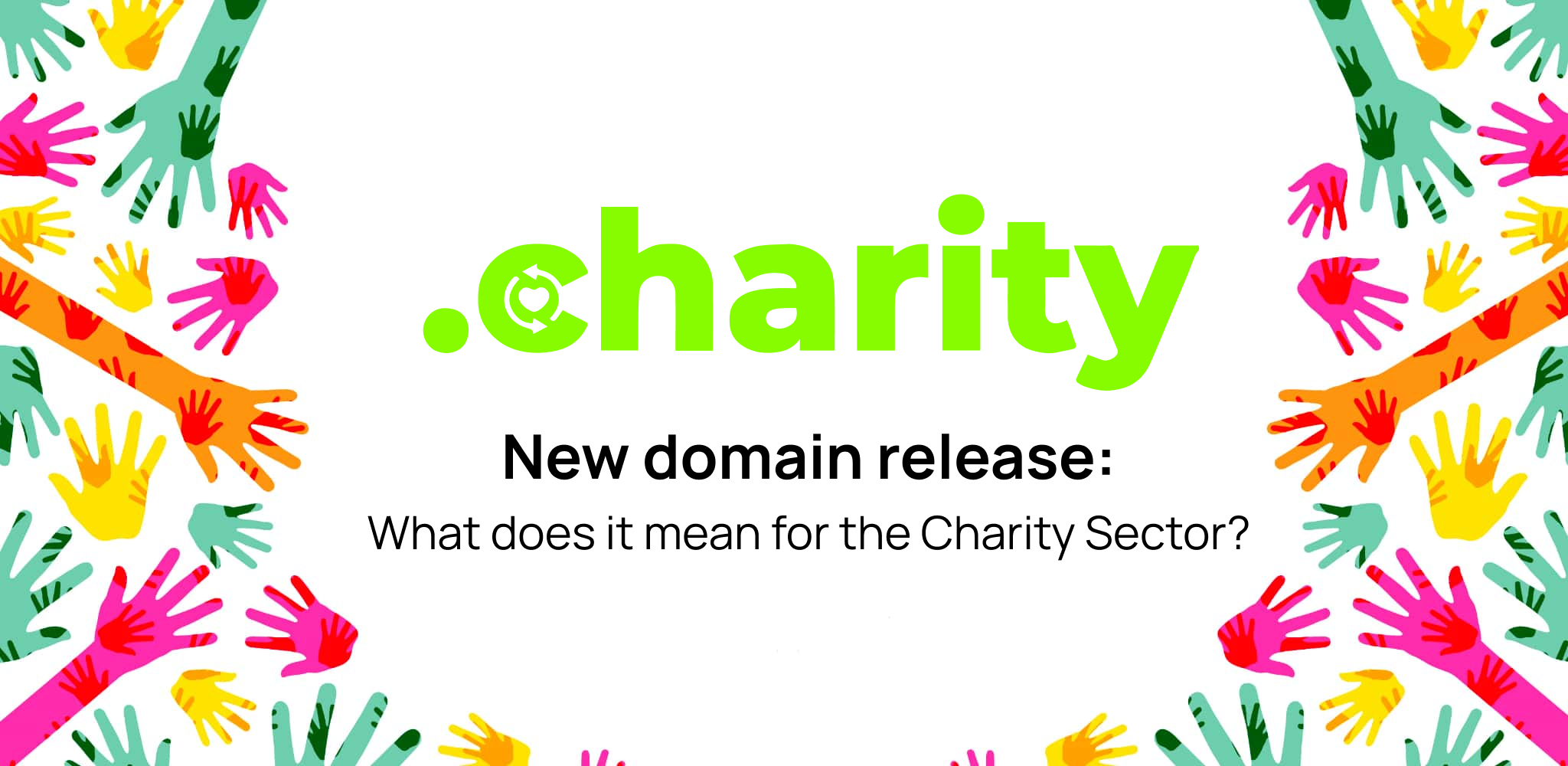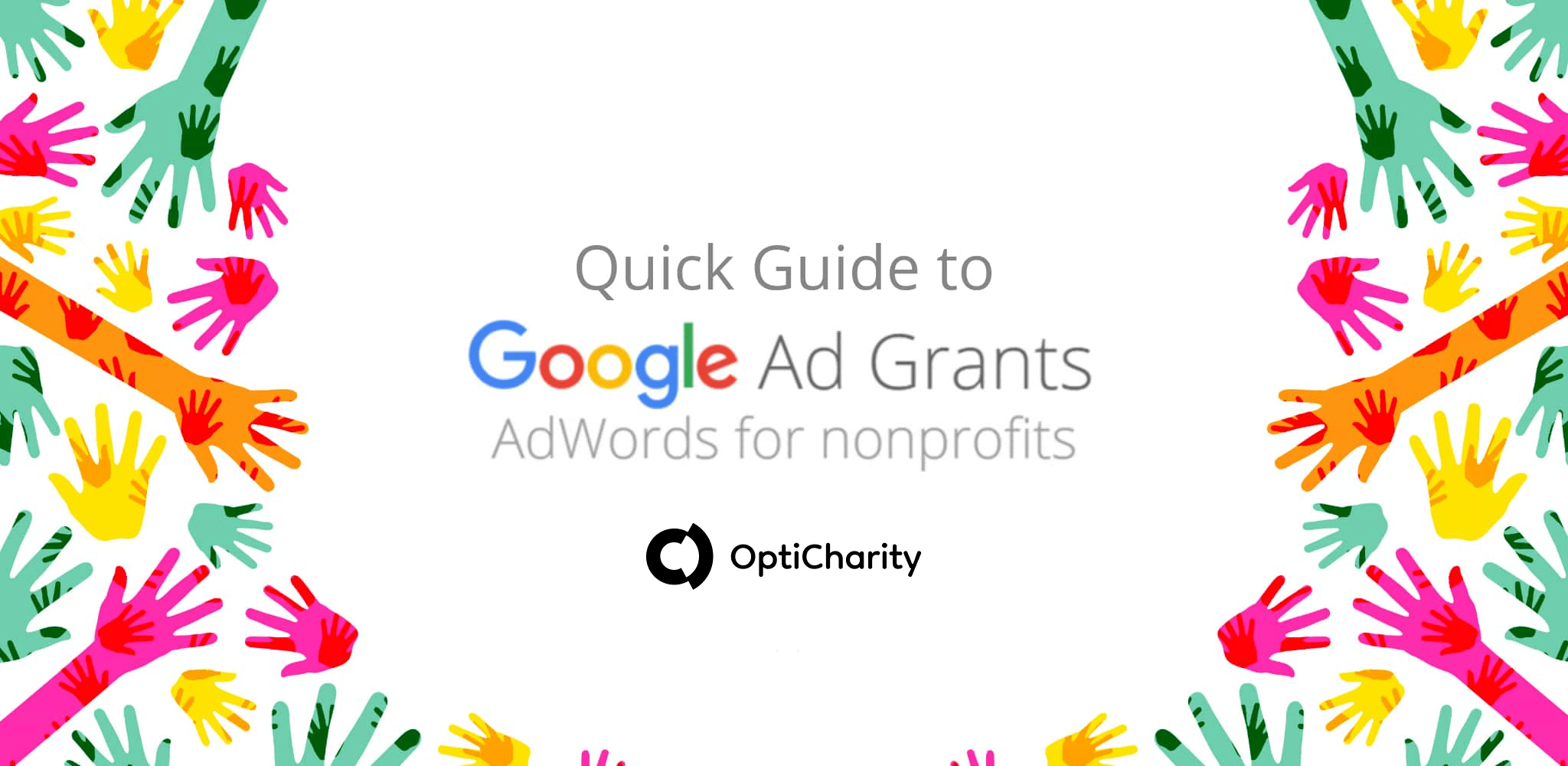In the digital landscape, search engine optimization (SEO) has become a necessity for non-profits aiming to maximize their impact. One crucial aspect of SEO that often holds the key to higher rankings and increased visibility is on-page optimization. In this guide, we’ll delve into the world of on-page SEO and explore strategies tailored specifically for non-profits. By mastering these strategies, your non-profit can elevate its online presence, connect with supporters, and drive meaningful change.
Understanding On-Page SEO: The Basics
At its core, on-page SEO focuses on optimizing individual web pages to rank higher in search engine results. This involves not only making content user-friendly but also aligning it with search engine algorithms. For non-profits, effective on-page SEO can mean the difference between being discovered by supporters and getting lost in the digital noise.
- Crafting Compelling Content
Content lies at the heart of on-page SEO. For non-profits, it’s essential to create content that resonates with your mission and audience. This includes integrating relevant keywords naturally throughout your content. By doing so, search engines can better understand what your page is about, improving its chances of ranking for relevant queries. - Mastering MetaTags
Meta tags, including the meta title and meta description, play a crucial role in on-page SEO. The meta title should be concise, containing the target keyword while accurately summarizing the page’s content. The meta description should provide a compelling snippet that entices users to click through. For non-profits, crafting meta tags that reflect your cause can pique the interest of potential supporters. - Headers and Structures
Organizing your content with clear headers (H1, H2, H3, etc.) not only improves readability for users but also signals to search engines what your content is about. Non-profits can benefit from using headers to outline their mission, initiatives, and impact, ensuring both humans and search engines grasp the essence of your content. - Images and Alt Text
Visual content is essential for non-profits to tell their stories effectively. When using images, ensure each one has descriptive alt text that includes relevant keywords. This not only improves accessibility for visually impaired users but also provides an additional opportunity for keyword optimization. - User Experience Matters
User experience (UX) is a crucial factor in on-page SEO. A fast-loading, mobile-responsive website enhances user satisfaction and contributes to higher search engine rankings. Non-profits can focus on creating seamless navigation, clear calls-to-action, and an overall positive experience for their site visitors.





